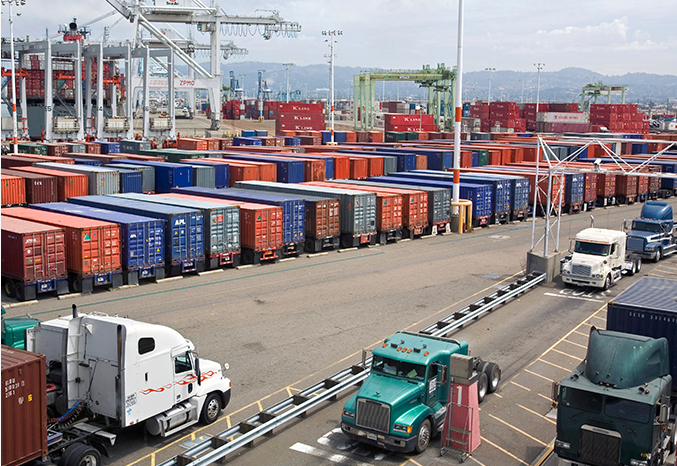CAYT > Anticipated Benefits >
Anticipated Benefits
Anticipated Benefits

- Securing global competitiveness in ports
-
- Through CAYT localization and business continuity, we can realize full automation of port operations with competitive prices.
- By utilizing Fourth Industrial Revolution technologies such as IoT, digital infrastructure, and artificial intelligence, we can realize customer satisfaction through user-centric services for external users.
- Address issues of manpower supply and demand resulting from reluctance to engage in fieldwork, and transition from a labor-intensive industry to a technology-intensive one.


- Improve operational (transport/stevedoring) efficiency
-
- Enhance operational punctuality by integrating internal and external systems within the port using Fourth Industrial Revolution technologies.
- Increase productivity by replacing fatigue-intensive tasks avoided by manned yard trucks with CAYTs and distributing them flexibly.
- By maintaining the existing facilities of the port and establishing a working system where both manned and unmanned yard trucks coexist, we can achieve sustainability for the port.


- Prevention of safety accidents of workers
-
- A worker-friendly solution that resolves the shortage of yard truck drivers by using CAYTs to realize a working system where night shift workers can work in the daytime and improve the quality of work.
- By establishing operational policies that permit autonomous driving in situations where safety is assured for stevedoring operations and on-site workers, we can achieve a secure port.
- To prevent safety incidents by utilizing AI perception and analysis technology to respond to and improve unforeseen, sudden situations.


- Sustainable and eco-friendly future
-
- Through real-time data and artificial intelligence-driven smart route planning and efficient driving patterns, unnecessary fuel consumption is reduced, minimizing the environmental impact.
- By replacing fossil fuels in conventional diesel yard trucks with electric energy, we can reduce the emission of harmful substances in the atmosphere and maximize energy efficiency.
- The CAYT electric battery’s long lifespan makes maintenance easy and prevents environmental pollution that occurs during the recycling process of lead-acid batteries.
